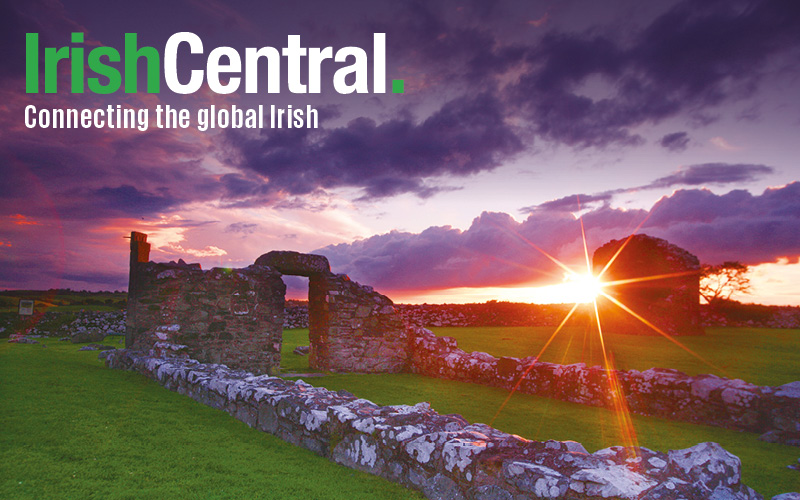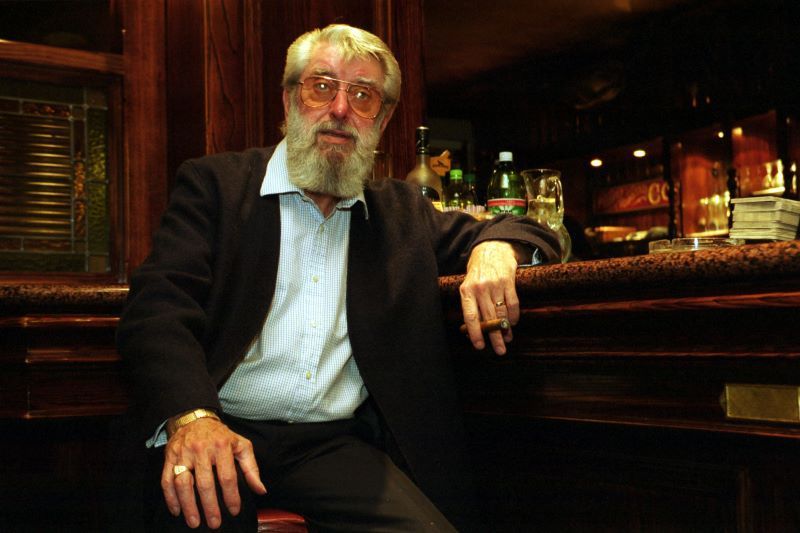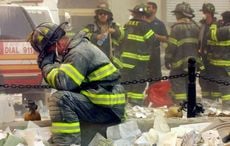Notre Dame, Indiana - The noise of battle rolled across this great stadium from about 3:30 onwards last Saturday.
The game against Pittsburgh was a nail biter down to the very end, but the Fighting Irish pulled through when it counted with a major defensive effort on the last Pittsburgh play of the game.
It is still a shock for an Irish-born person to take in the immensity of the Notre Dame experience.
Some 80,000 or so green clad supporters, many waving Irish Tricolors, presented a vision of the Irish experience in America that is often baffling to Irish-born people.
We should not be surprised, however, that different versions of being Irish have grown up all around the world.
One in two Irish people born on the island found a way off it since 1845. They spread the Irish penumbra worldwide, leaving a footprint on every continent and country.
The Notre Dame footprint began with Irish brothers and priests accompanying Father Edward Sorin from France on his foray into the Indiana wilderness to build a Catholic school.
On November 26, 1842, Sorin began the foundation of Notre Dame at the age of 28, in the teeth of a harsh winter and in the face of dire hardship and travail.
Soon the institution became an Irish Catholic redoubt, famous by the early 20th century for standing up against anti-Catholic bigotry.
In one of the most famous episodes, the Irish routed the Ku Klux Klan which came looking for a fight on the campus. Many trace the term Fighting Irish to that day.
Eaton de Valera passed through on his way to fighting for American recognition of the Irish republic.
In more recent times Sinn Fein leader Gerry Adams, former Taoiseach (Prime Minister) Charles Haughey and Irish President Mary Mcaleese have all come to the famous campus to re-energize the Irish links.
Ironically, the two most famous talisman of the school were not Irish Catholic. Legendary coach Knute Rockne was a Protestant, as was his greatest player George Gipp, whose mother was an Irish Protestant from Belfast who bitterly opposed her son going to the Catholic school.
Over the years the direct Irish connection to the school faded, and it seemed to have passed forever until the remarkable work of one man, Donald R. Keough, then president of Coca-Cola, single-handedly re-established the link in 1993.
He founded the Keough Institute for Irish Studies and persuaded two eminent scholars, Seamus Deane, a legendary Irish writer and academic, and Professor Christopher Fox, from the Notre Dame Department of English, to form the nucleus of the new venture.
Keough was later joined by a similar visionary, Irish-based businessman Martin Naughton. The Keough Naughton Institute has become the trailblazer for Irish studies not just in North America but worldwide.
I am proud to be a board member and to witness, every year, the incredible interest and commitment to Irish studies shown by the many Irish scholars now resident in Notre Dame and back at the Dublin campus in Stephen’s Green.
It is now a place where the Irish language, literature, Irish American history and contemporary issues between the two great traditions are all explored. The links in the sundered chain have been restored, and the Irish and Notre Dame are no longer ships in the night.
On September 1, 2012, the next chapter in the new relationship will be forged when Notre Dame visit Ireland to play Navy in their season opener at the new Aviva Stadium in Dublin.
The green clad Irish Americans all over Dublin and many other parts of Ireland will, no doubt, draw lots of stares and bemused comment.
But the locals should not worry. It is merely the wandering tribe returning home like Leopold Bloom in James Joyce’s Ulysses, back to claim their once native heath again.
The game against Pittsburgh was a nail biter down to the very end, but the Fighting Irish pulled through when it counted with a major defensive effort on the last Pittsburgh play of the game.
It is still a shock for an Irish-born person to take in the immensity of the Notre Dame experience.
Some 80,000 or so green clad supporters, many waving Irish Tricolors, presented a vision of the Irish experience in America that is often baffling to Irish-born people.
We should not be surprised, however, that different versions of being Irish have grown up all around the world.
One in two Irish people born on the island found a way off it since 1845. They spread the Irish penumbra worldwide, leaving a footprint on every continent and country.
The Notre Dame footprint began with Irish brothers and priests accompanying Father Edward Sorin from France on his foray into the Indiana wilderness to build a Catholic school.
On November 26, 1842, Sorin began the foundation of Notre Dame at the age of 28, in the teeth of a harsh winter and in the face of dire hardship and travail.
Soon the institution became an Irish Catholic redoubt, famous by the early 20th century for standing up against anti-Catholic bigotry.
In one of the most famous episodes, the Irish routed the Ku Klux Klan which came looking for a fight on the campus. Many trace the term Fighting Irish to that day.
Eaton de Valera passed through on his way to fighting for American recognition of the Irish republic.
In more recent times Sinn Fein leader Gerry Adams, former Taoiseach (Prime Minister) Charles Haughey and Irish President Mary Mcaleese have all come to the famous campus to re-energize the Irish links.
Ironically, the two most famous talisman of the school were not Irish Catholic. Legendary coach Knute Rockne was a Protestant, as was his greatest player George Gipp, whose mother was an Irish Protestant from Belfast who bitterly opposed her son going to the Catholic school.
Over the years the direct Irish connection to the school faded, and it seemed to have passed forever until the remarkable work of one man, Donald R. Keough, then president of Coca-Cola, single-handedly re-established the link in 1993.
He founded the Keough Institute for Irish Studies and persuaded two eminent scholars, Seamus Deane, a legendary Irish writer and academic, and Professor Christopher Fox, from the Notre Dame Department of English, to form the nucleus of the new venture.
Keough was later joined by a similar visionary, Irish-based businessman Martin Naughton. The Keough Naughton Institute has become the trailblazer for Irish studies not just in North America but worldwide.
I am proud to be a board member and to witness, every year, the incredible interest and commitment to Irish studies shown by the many Irish scholars now resident in Notre Dame and back at the Dublin campus in Stephen’s Green.
It is now a place where the Irish language, literature, Irish American history and contemporary issues between the two great traditions are all explored. The links in the sundered chain have been restored, and the Irish and Notre Dame are no longer ships in the night.
On September 1, 2012, the next chapter in the new relationship will be forged when Notre Dame visit Ireland to play Navy in their season opener at the new Aviva Stadium in Dublin.
The green clad Irish Americans all over Dublin and many other parts of Ireland will, no doubt, draw lots of stares and bemused comment.
But the locals should not worry. It is merely the wandering tribe returning home like Leopold Bloom in James Joyce’s Ulysses, back to claim their once native heath again.




Comments